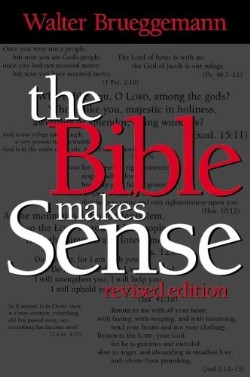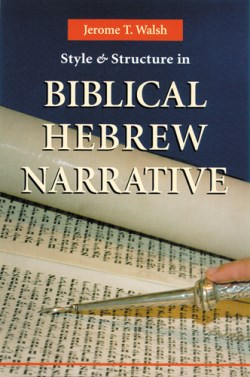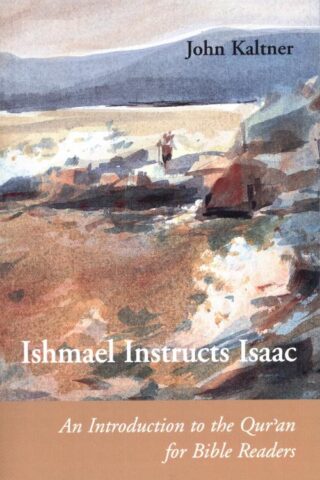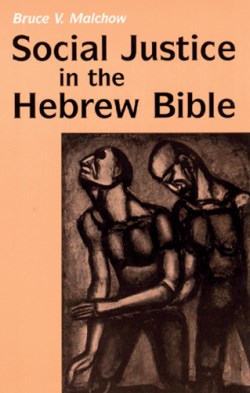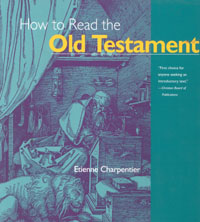Bible Language Tools
Showing all 6 resultsSorted by latest
-
You Shall Not Kill Or You Shall Not Murder
$10.95Add to cartNearly all English translations of the Bible during the last third of the twentieth century have changed the wording of the sixth commandment from “kill” to “murder.” The Hebrew word that appears in the commandment has a broader semantic range than “murder.” Wilma Ann Bailey discusses why the Protestant and Jewish traditions changed the wording and why the Roman Catholic tradition did not. She also examines the impact that the wording will have in the future for people who believe that there is no general prohibition against killing in the Hebrew Bible and why questions of killing that are broader than murder-death penalty and just war-are no longer part of the discussion of this commandment.
Chapters are “You Shall Not Kill,” “The Sixth Commandment in Evangelical Protestantism,” “The Sixth Commandment in Mainline Traditions,” “The Sixth Commandment in Judaism,” “The Fifth Commandment in Roman Catholicism,” “When ‘You Shall Not Kill’ Became ‘You Shall Not Murder.'”
-
Bible Makes Sense
$18.99Add to cartThis revised edition of The Bible Makes Sense is a unique how-to book about the Bible. Brueggemann proposes that Christians should approach the Bible not as a collection of ancient documents, but as our partner in an ongoing dialog about our life here and now. This book explains how to enter into this dialog, how to listen and how to respond. More than simply introducing readers to major themes, the author reveals an engaging biblical understanding of the world that leads to a life of joy, wholeness and peace. Suggestions for reflection, discussion and meditation on particular passages provide outlines for group study and for the individual reader’s own prayerful Bible reading.
-
Style And Structure In Biblical Hebrew
$29.95Add to cartThe pages of the Hebrew Bible are filled with stories-short and long, funny and sad, histories, fables, and morality tales. The ancient narrators used a variety of stylistic devices to structure, to connect, and to separate their tales-and thus to establish contexts within which meaning comes to light. What are these devices, and how do they guide our reading and our understanding of the text? Style and Structure in Biblical Hebrew Narrative explores some of the answers and shows scriptural interpretation can be “a matter of style.”
Part one of Style and Structure in Biblical Hebrew Narrative examines a wide variety of symmetrical patterns biblical Hebrew narrative uses to organize its units and subunits, and the interpretive dynamics those patterns can imply. Part two addresses the question of boundaries between literary units. Part three examines devices that biblical Hebrew narrative uses to connect consecutive literary units and subunits.
-
Ishmael Instructs Isaac
$34.95Add to cartJews, Christians, and Muslims trace their roots to Abraham and yet it is a shock to many Bible readers that some of the characters and stories in their sacred text are also found in the pages of Islam’s sacred text, the Qur’an. By exploring the relationship between the Bible and the Qur’an in Ishmael Instructs Isaac, John Kaltner challenges Bible readers to think about their sacred book in new, exciting ways. In doing so, he leads all to a better appreciation of Islam.
After a brief overview of the text, themes, structure, and use of the Qur’an, Kaltner focuses on traditions that are shared with the Bible. He explains that the Bible and Qur’an contain many of the same themes, figures, and episodes. However, at times, there are significant differences in their descriptions of the same event or figure. By discussing such topics and figures as God, humanity, prophecy, creation, life after death, Abraham, Moses, Jesus, and Mary, Kaltner examines the similarities and differences between the two texts. This comparative method allows readers to better appreciate both what is distinctive about Islam and what it shares with Judaism and Christianity.
Jews and Christians view Isaac as the son of Abraham in whom the family line continued. Muslims, on the other hand, view Isaac’s brother Ishmael as the rightful heir. This difference must not obscure what is held in common: a belief in the one God and a family-albeit distant-relationship.
Written for undergraduate and seminary courses on Islam, the Qur’an, comparative religions, inter-religious dialogue, world scriptures, and biblical interpretation, Ishmael Instructs Isaac is also a useful resource for discussion groups in churches, synagogues, and mosques.
Includes English translations of the Qur’anic texts discussed.
-
Social Justice In The Hebrew Bible
$16.95Add to cartConsidering the extent of social injustice in the world today, how can Christians combine their efforts with those of other concerned people to solve this problem? Social Justice in the Hebrew Bible offers an answer to this question by examining how Israel used the social justice thought of other Near Eastern peoples to face its own justice crises. It uses as its framework the Hebrew Bible’s statements about this issue in its law codes, prophetic books, psalms, narrative works, and wisdom literature.
Malchow demonstrates that Israel did not originate the concept of social justice. Rather, it drew its resources for overcoming it from Near Eastern thought on the subject. By combining its own ideas of social justice with those of its neighbors, Israel’s people fought injustice with what was “new” and what was “old.”
Israel’s three methods of acceptance, adaptation, and transformation remain relevant to the changing conditions of life today. They are useful in our integrations of non-Christian thought with our own and continue to shape Israel’s justice tradition.
Social injustice is an immense and world-wide problem. Social Justice in the Hebrew Bible stresses that in order for Christians to be ethically responsible and true to their tradition, they must join forces with other concerned people in the struggle against it.
-
How To Read The Old Testament
$16.95Add to cart1. The Exodus : A People Expresses Its Faith
2. The Kingdom Of Jerusalem
3. The Northern Kingdom 935-721
4. The Last Period Of The Kingdom Of Juday 721-587
5. Exile In Babylon 587-538
6. Israel Under Persian Domination 538-333
7. Israel Under The Greeks And Romans
8. The Psalms
113 Pages


